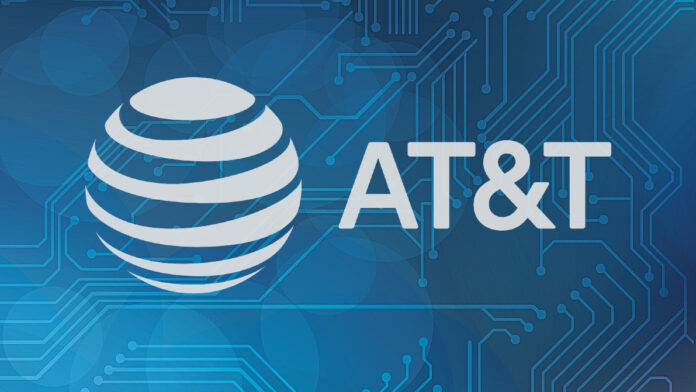Nationwide rollout marks next step in AT&T’s 5G and cloud evolution
In sum – what to know:
Standalone milestone – AT&T has deployed its 5G Standalone (SA) network nationwide, laying the groundwork for lower latency, more flexible service delivery, and future capabilities like network slicing and edge computing.
Ecosystem challenge – The real impact of SA will depend on broader device support, enterprise adoption, and the industry’s ability to operationalize features such as RedCap, private 5G, and cloud-native automation.
Strategic positioning – Spectrum acquisitions, software-driven upgrades, and cloud partnerships signal AT&T’s intent to compete long-term on advanced networking — even as rivals race toward 5G Advanced and early 6G development.
AT&T has deployed its 5G Standalone (SA) network nationwide, with phased rollouts continuing in select markets. Unlike Non-Standalone (NSA) 5G, which relies on 4G infrastructure for signaling, SA operates on a fully independent 5G core — enabling faster uploads, lower latency, and more flexible edge-based functionality.
The operator says millions of customers are already using 5G SA and that availability will expand as device support broadens. “We put the customer first,” wrote AT&T SVP and Network CTO Yigal Elbaz in a blog post. “Our priority is to provide the best network experience, regardless of the technology. We focus on ensuring every innovation we introduce meets our high standards for quality and reliability instead of rushing something that might not be ready.”
Over the summer, AT&T also claimed nationwide coverage for its reduced capability 5G (5G RedCap) deployment, designed for mid-tier and IoT-type devices. The company said its RedCap network now serves “over 200 million points of presence (POPs) across the country,” working with module makers including Semtech, Telit Cinterion, and Rhino Mobility to certify new devices. RedCap enables smaller, lower-power 5G modules — suited for wearables, sensors, and industrial equipment — and is already available on devices like the Apple Watch Series 11, Watch Ultra 3, and Watch SE 3, with broader support expected.
In a conversation with RCR Wireless News last month, Elbaz said, “We’re playing to win, and we’re going to make sure that we have all of the assets that we need in order for us to have long-term leadership when it comes to advanced networking.”
That comment came a little more than a week after AT&T announced plans to spend $23 billion to acquire 50 megahertz of EchoStar’s low- and mid-band spectrum — a deal that strengthens its mid-band holdings as rivals T-Mobile and Verizon also double down on capacity expansion. Elbaz said 30 megahertz of mid-band 3.45 GHz spectrum would be deployed “relatively quickly” via software upgrade to support the company’s 5G fixed wireless access (FWA) service.
AT&T’s SA core is built on open, virtualized architecture — a key step toward fully cloud-native operations. The company’s collaboration with Microsoft to host parts of its 5G core in the Azure cloud underscores this shift. “Our industry needs to move away from calling it names and digits,” Elbaz said. “The architecture is different. It is cloud-native, like it or not. We are bringing AI into the wireless architecture, and it’s software-based. … I want to be able to progress our network with a software push.”
While the nationwide SA launch is an important milestone, its long-term value will hinge on how effectively operators translate cloud-native agility into tangible service innovation. The next phase of 5G — spanning slicing, RedCap, and edge-enabled applications — will test whether the industry can operationalize these capabilities at scale before the transition to 5G Advanced and the eventual road to 6G.

